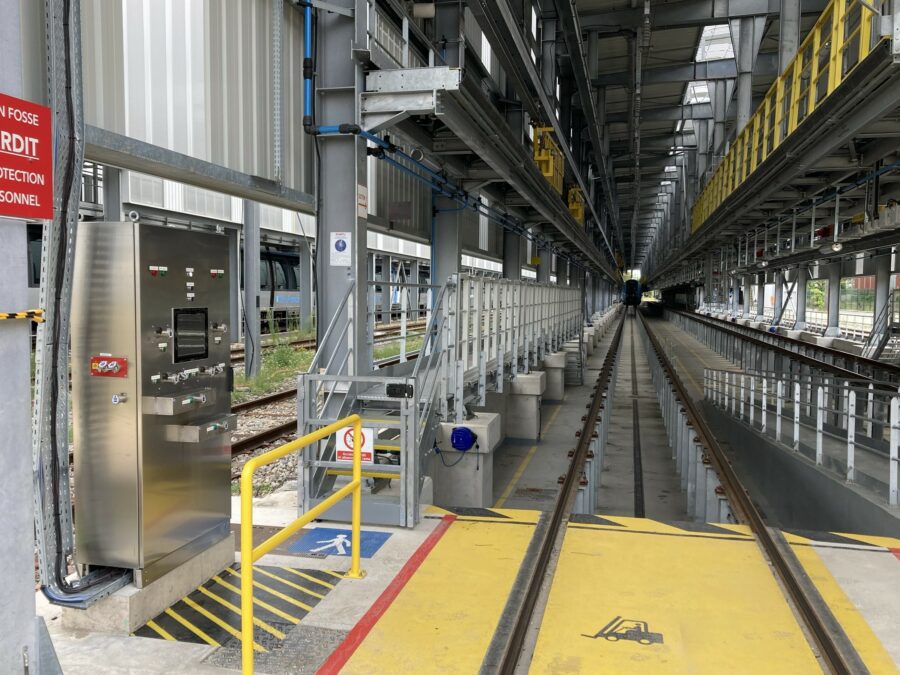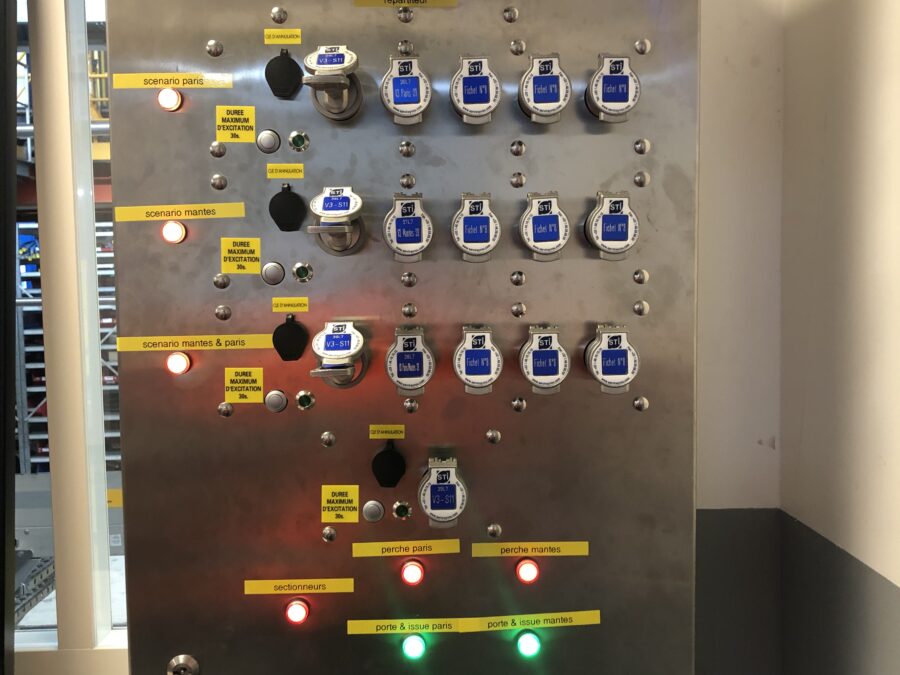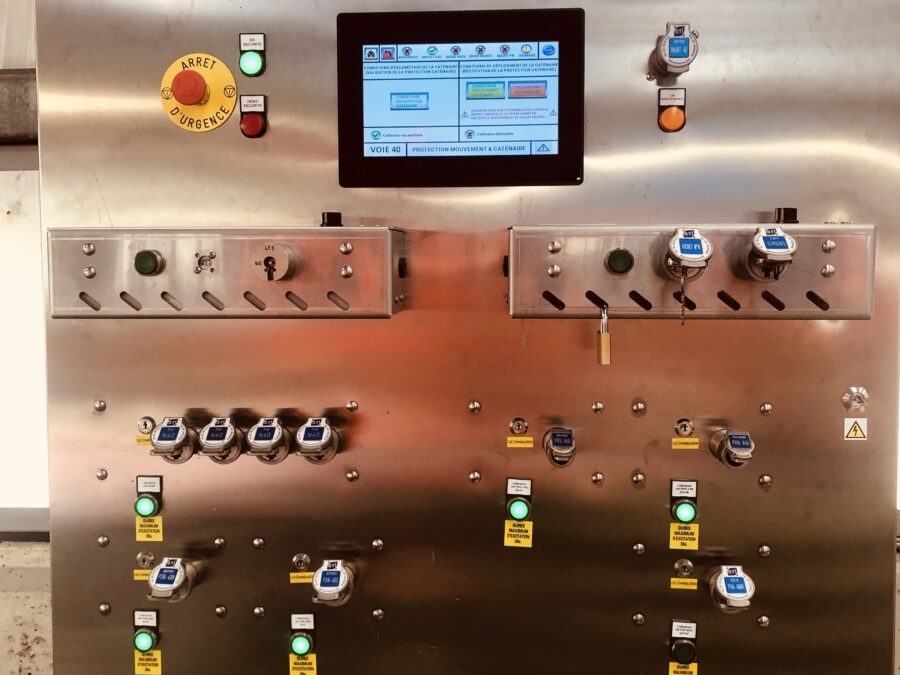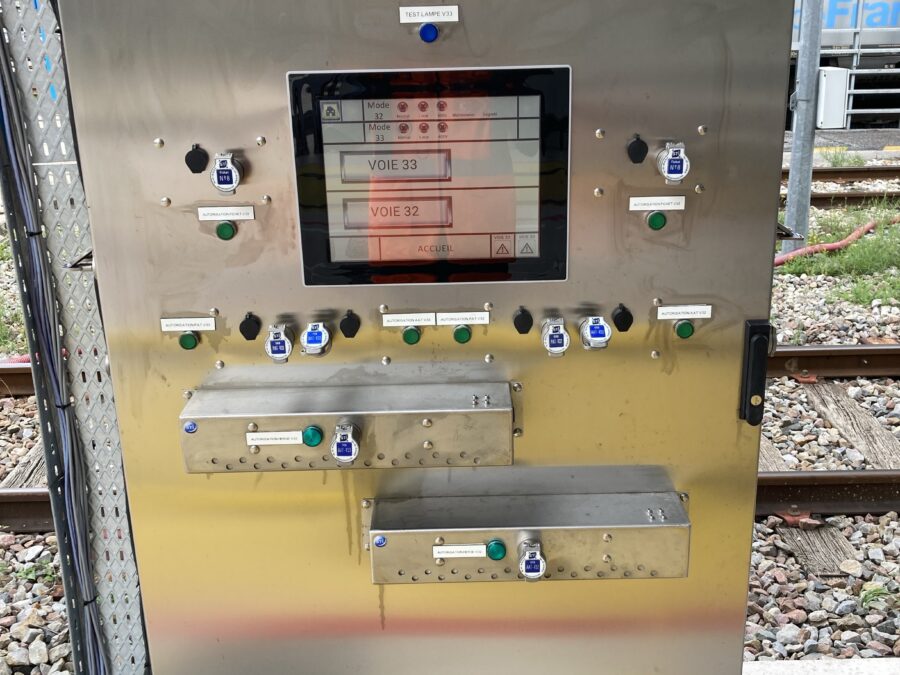Interlocking
Interlocking is a crucial component in any rail depot, where a momentary lapse of concentration or small error of judgment can have dire consequences.
Interlocking solutions are vital for protecting both personnel and equipment in rail maintenance facilities. They prevent unauthorised train movements or access to high-risk areas and ensure that safety standards are upheld.
Zonegreen solutions apply the concept of interlocking to create increasingly sophisticated systems that can potentially prevent personal injury or costly damage.
Zonegreen Electronic Interlocking Solution (EIS)
The Zonegreen EIS is a modern safety electronic interlocking system that controls multiple types of machinery and access to hazardous areas using a Safety Programmable Logic Controller (PLC), which uses programmable logic and electronic sensors, instead of the traditional mechanical keys.
The Safety PLC provides both sequencing and control of third-party equipment, such as gantry gates and crane interlock panels. The PLC monitors the third–party equipment via a volt-free contact and can enable or disable the equipment as required. HMI monitors display the status of equipment to operators at all times. Hardwire sensors send signals back to the monitors to ensure safety access is only permitted to workers when it is safe to do so.
The benefits of Zonegreen EIS include:
- Flexible and Programmable – The software can be reprogrammed to accommodate different safety sequences.
- High Reliability – Zonegreen EIS uses fail-safe principles to ensure safety functions operate, even in the event of faults.
- Easier to Scale – The product can handle multiple interlocking zones without adding more physical locks and keys.
- Remote Diagnostics – Zonegreen EIS allows troubleshoots and status monitoring remotely.
- Fast Operation and Tamper Proof – The electronic system uses encrypted communication and authentication.
- Visualisation – Zonegreen EIS offers a remote visual overview of the system.
Zonegreen EIS is a configurable solution, designed to accommodate individual rail depot installations and their significant variations in operating procedure.




